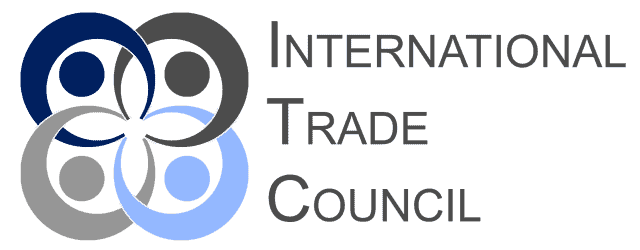Italy is looking forward to a surge in its exports to Latin America’s largest economies, with an estimated growth of about 5% in 2024, according to the Italian export credit agency, SACE. This optimistic outlook comes as Italy actively pursues a landmark European Union trade agreement with various South American nations, a pact that holds the potential to significantly amplify trade opportunities.
SACE reports indicate that Italian companies are poised to see substantial export growth to key Latin American markets:
- Shipments to Brazil are projected to rise by 4.5% in 2024, reaching an all-time high of 5.3 billion euros ($5.38 billion).
- Exports to Mexico are expected to surge by 5.5% to reach 6.4 billion euros.
SACE’s analysis points to several factors driving this export growth. Brazil’s re-industrialization efforts are viewed as an opportunity for Italian firms to supply machinery, following a period of export decline over the past decade. Additionally, environmentally-friendly initiatives tied to the energy transition in Brazil offer further avenues for collaboration.
However, the potential for export growth could be even more pronounced if the European Union and the Mercosur bloc (comprising Brazil, Argentina, Paraguay, and Uruguay) finalize their long-anticipated trade agreement. Italy, along with Germany, is supportive of this agreement, while France holds a differing stance.
Pauline Sebok, SACE’s Americas head, expressed optimism about the prospects of such an agreement, noting that Brazilian trade barriers have been a common concern among companies. Brazil has been seen as a proponent of trade protectionism, but the potential agreement could help alleviate such issues.
Machinery represents a significant portion of Italian exports to Brazil, and while it faced challenges due to a slowdown in Brazil’s industrial production in the past, the recent push for re-industrialization and leadership in the energy transition is expected to fuel growth. SACE anticipates Italian exports to Brazil to increase by an average of 3.6% in 2025 and 2026.
Brazil’s commitment to promoting “green” projects, including flex-fuel and electric vehicles, renewable energy, and biofuels, aligns with Italy’s strengths in these sectors. SACE recently approved a 300 million-euro “green” loan for Raizen, a Brazilian company engaged in second-generation ethanol plants.
Sebok emphasized that SACE is keen on exploring various ESG-related investments while continuing to support traditional equipment for the manufacturing industry, which remains a core focus.
Italian companies with significant operations in Latin America include Enel, Telecom Italia, Fiat (a part of Stellantis), and the industrial conglomerate Leonardo.
In Mexico, the “nearshoring” trend, which involves relocating businesses closer to the U.S., has triggered a boom in industrial investments. This trend is expected to contribute to higher Italian exports, particularly in factory machine tools. In addition to the 5.5% export growth anticipated in 2024, SACE estimates further increases of 3.6% in 2025 and 4% in 2026, potentially taking the value of shipments to nearly 7 billion euros.
As Italy continues to pursue trade opportunities in Latin America and explores avenues for collaboration, the prospects for increased exports and economic growth remain promising.
